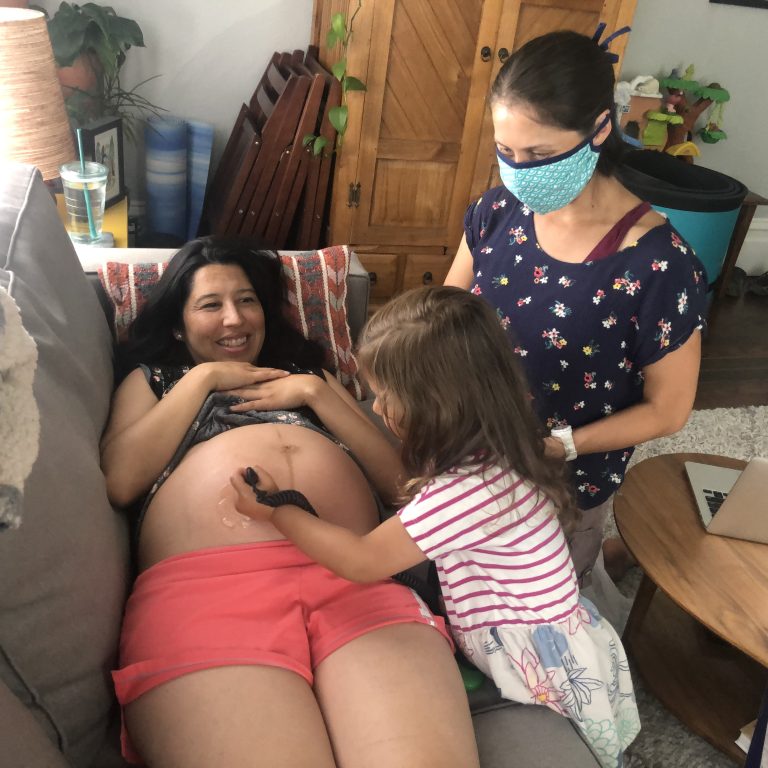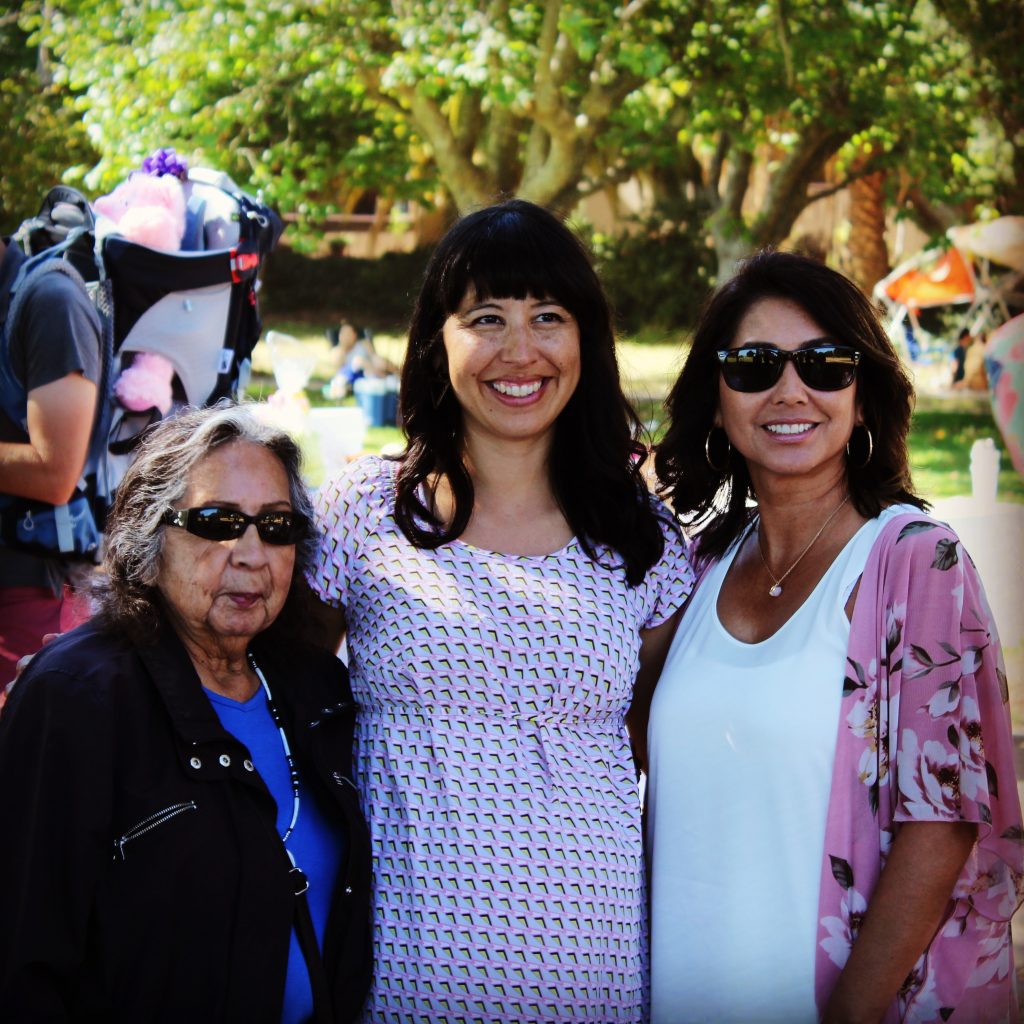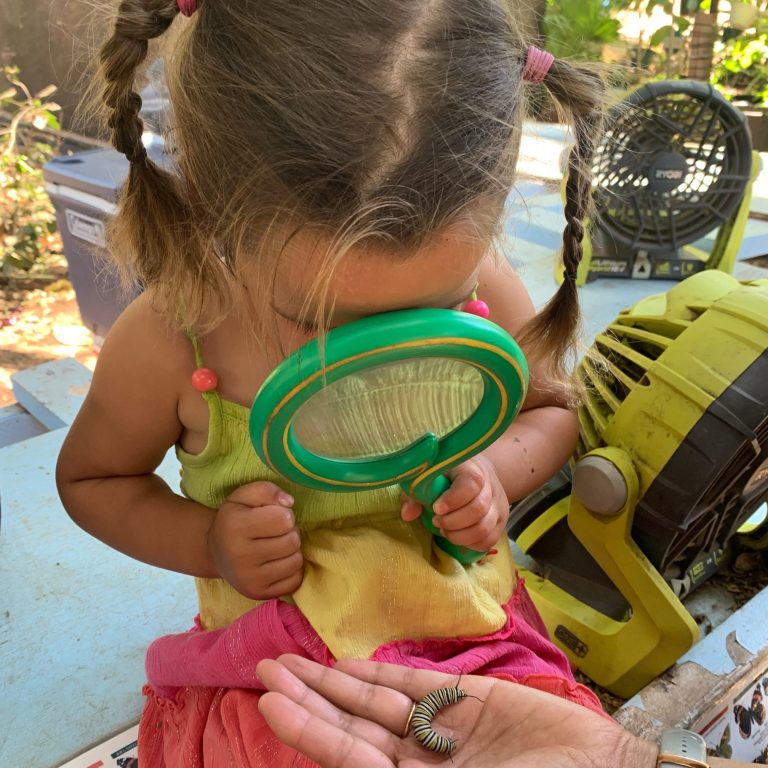When I tell people I had a home birth they usually respond with “Oh I could never do that!” then they look at me like I’m crazy.
Most people imagine that only white, hippy, organic-eating, vegan, hemp-wearing folks choose to give birth at home. Sure, there are many people like that who have a home birth, but there are also people who give birth at home that look like me.

You might be surprised, but more people have a home birth than you might expect.
From 1990-2019 the percent of home births hovered around 1% of births, and was mostly concentrated among white women over the age of 35. Although there were slight increases in home birth rates during that period for Asian and Hispanic parents, there was no increase for Native American or non-Hispanic Black women.
Then, in 2020 and throughout the pandemic, the home birth percentage increased by 22% across the country, including among BIPOC families.
Given this data, I want us to change the narrative. When you picture someone who chooses to give birth at home, I want you to think of someone who looks like me, or one of the other BIPOC home birthers we are going to feature on our blog. I want you to know that home birth can be for you, too.
I encourage you to trust in your body and consider your birth options. Click here to read the research on evidence-based birth studies. Click here for an FAQ on home births in the Bay Area. Most midwives offer a sliding scale, and can work with you if your finances or insurance do not provide the means to afford a home birth.

Here are the top 7 questions I had when deciding to have a home birth:
Is this a reality for me?
I had a difficult time getting pregnant (read here to learn more about my pregnancy journey) and did not want to make the “wrong” choice for what might have been my only birthing experience.
Is home birth a safe option?
A planned home birth is a safe option for families with “low-risk” pregnancies. Depending on regulations in your state, a midwife may be limited as to which families she can accept and what health risk factors make you a candidate to give birth at home. Talk to a midwife if you have questions or concerns.
Midwives provide care throughout your pregnancy, spend an hour with you at your home or a clinic to discuss your nutrition, physical, and mental health, and make sure it is safe for you to deliver your baby at home when the time comes.
I do want to recognize people who wanted a home birth and couldn’t; some things are out of our control. I acknowledge that not everyone gets to choose the way they give birth due to unforeseen circumstances, health, finances, and so much more.
What about the clean up?
Childbirth can be messy. Your midwife will recommend you purchase a birthing kit that typically contains plastic bags, a plastic sheet, and other protective layers that can catch any birth fluids and prevent your house from looking like a crime scene.
Your midwives take care of all of the clean-up. They start a load of laundry. They throw out all of the birthing trash. They sanitize and clean the birthing tub if you have one.
As long as you have prepped your house for your home birth, clean-up can be minimal.

What if something goes wrong?
Your skilled midwife is trained to monitor you throughout your pregnancy, labor, and postpartum. They constantly check to make sure everything is safe and healthy.
Midwives also know to transfer the laboring parent to the hospital at any signs of distress for the birthing parent or baby, well before anything gets risky.
I lived within a short drive from multiple hospitals and knew that I would be able to get somewhere safely and quickly should the need arise.
What about the cost?
Depending on insurance, the cost of a home birth ranges from $4,000-$6,500 in the San Francisco Bay Area and usually includes prenatal care, attendance at the birth, and postpartum care.
Some insurance providers, like Kaiser Permanente, do not cover home birth, so this cost would be completely out of pocket. This can be a daunting thing to consider, given that under certain insurance, a hospital birth could cost as little as $200 out of pocket. Still, some insurance providers do cover the cost of home births and doulas. Call your insurance provider and contact a billing specialist for more information so that you can adequately weight the full monetary costs of a home birth vs. a hospital birth. Depending on your insurance, a hospital birth might be the same amount as a home birth!
I searched for a BIPOC midwife I would be comfortable with and who was also on the lower end of the sliding scale. My husband and I were saving money to buy a home, and I worried that spending this money on a home birth would be selfish—that it was something that I wanted, not something that I needed.
My partner encouraged me to have the birth I wanted with my miracle baby, especially if this was going to be my only birth experience (click here to read my epic pregnancy saga).
Is it worth the money?
When I was considering the cost of a home birth, a friend reminded me how much they spent on their wedding (over $20,000!).
I recommend that you take into account the value of the experience! Remember my grandma. And remember these are memories you will have for the rest of your life!
Thanks to my insurance, I was able to receive concurrent care, meaning I saw an obstetrician through my insurance for lab work and ultrasounds, and still saw my midwife at home, paid out of pocket.
Having had this experience with both providers, I can assure you that the appointment with a midwife will be much more valuable and helpful than the 10-minute appointment with an obstetrician who asked me to pee in a cup, checked my weight, then ran out of the room before I had time to ask any questions.

What if you had your first birth at a hospital, could you still have a home birth for your second?
Absolutely. Some women choose home birth for their second child after delivering their first in a hospital because they want a different experience or realize later that a home birth might be a less expensive option than a hospital birth.
For my second birth, since my midwife provided prenatal care in the comfort of my home, my firstborn was able to participate in the visit. My toddler held the doppler, applied the jelly, helped measure my belly, and pretended to be a midwife for months after the delivery. I loved having her along in this experience.
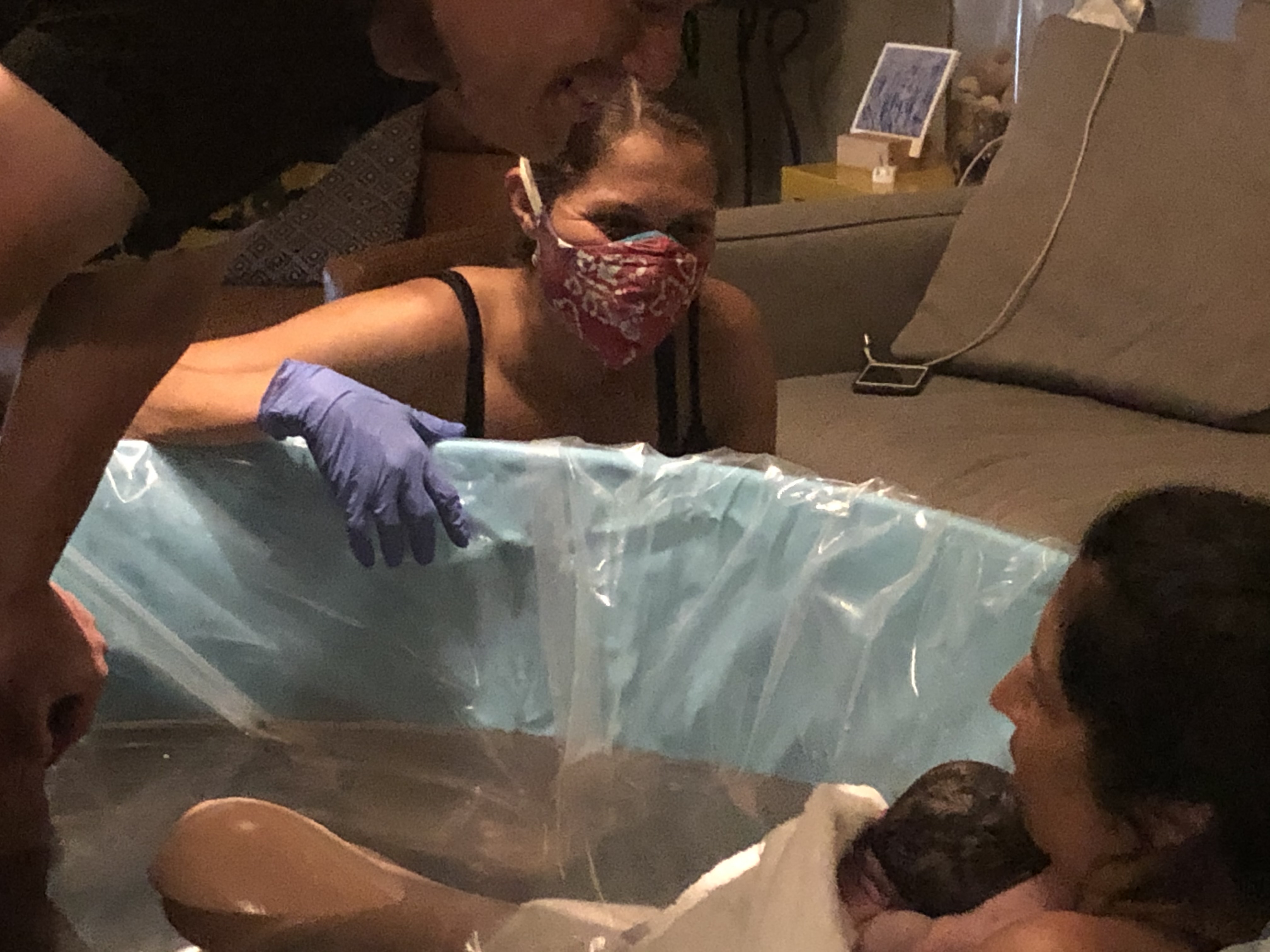
In the end, I had two safe, healthy, and beautiful homebirths.
My first child was born after a day-long labor and delivered in my bed, and my second was born after a short, three hour labor—and was delivered in a tub in my living room.
Both times I felt my ancestors there, guiding me, encouraging me to stay strong, to trust I made the right choice, to believe in the healing of the process.
So I did. And I never looked back.

My dream is to open a birth center that supports Indigenous women in accessing home birth, midwifery care, and doulas, and to improve birth outcomes for my community.
One day, one day.
The “Road to Mamahood” series will continue over the course of a few posts to share my journey from infertility to pregnancy and then through two homebirths. Please continue the story here:
It took a Nordic Miracle to get pregnant – A Journey from Early Menopause to Pregnancy (Road to Mamahood Series, Part 1)

Why I Chose Home Birth (Road to Mamahood Series, Part 3)
Puerto Rican & Indigenous mama of two. Bay Area native. Salsa dancer. Backpacker. Doula. Angel (she/her/hers) is a co-founding member of the Beautiful Brown Adventures team. She has traveled to over 30 countries and loves to explore the world with her two daughters & partner - one ice cream shop at a time.
-
Angelhttps://beautifulbrownadventures.com/author/angelcal/
-
Angelhttps://beautifulbrownadventures.com/author/angelcal/
-
Angelhttps://beautifulbrownadventures.com/author/angelcal/
-
Angelhttps://beautifulbrownadventures.com/author/angelcal/
You might also enjoy
 California Home Sweet Home: Our Fast and Amazing Water Birth Experience
California Home Sweet Home: Our Fast and Amazing Water Birth Experience
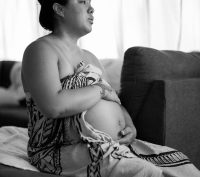 How I became a Birth Believer and delivered my baby at home in Hawaii
How I became a Birth Believer and delivered my baby at home in Hawaii
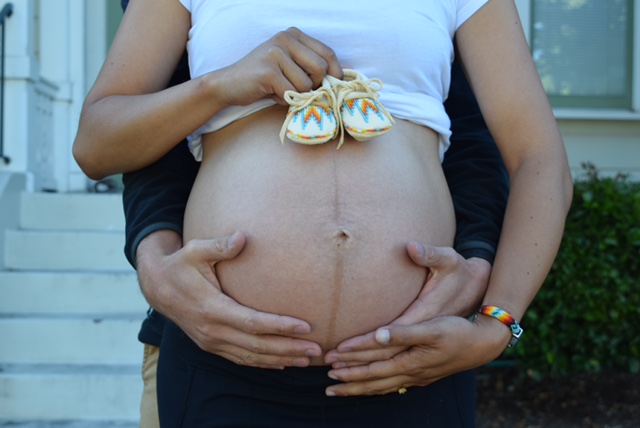 Curious about Home Birth? Here is Why I Had One.
Curious about Home Birth? Here is Why I Had One.
 Unexpected Blessing: Our Unplanned Free Birth in Hawaii
Unexpected Blessing: Our Unplanned Free Birth in Hawaii
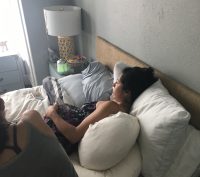 How I Delivered My First Baby Safely At Home With A Midwife
How I Delivered My First Baby Safely At Home With A Midwife

